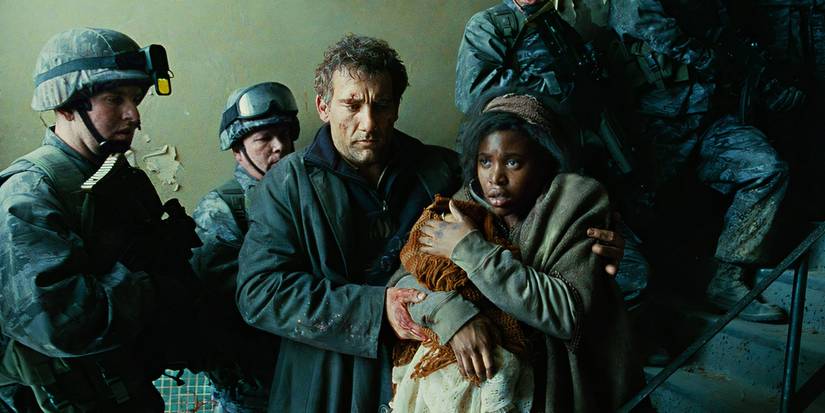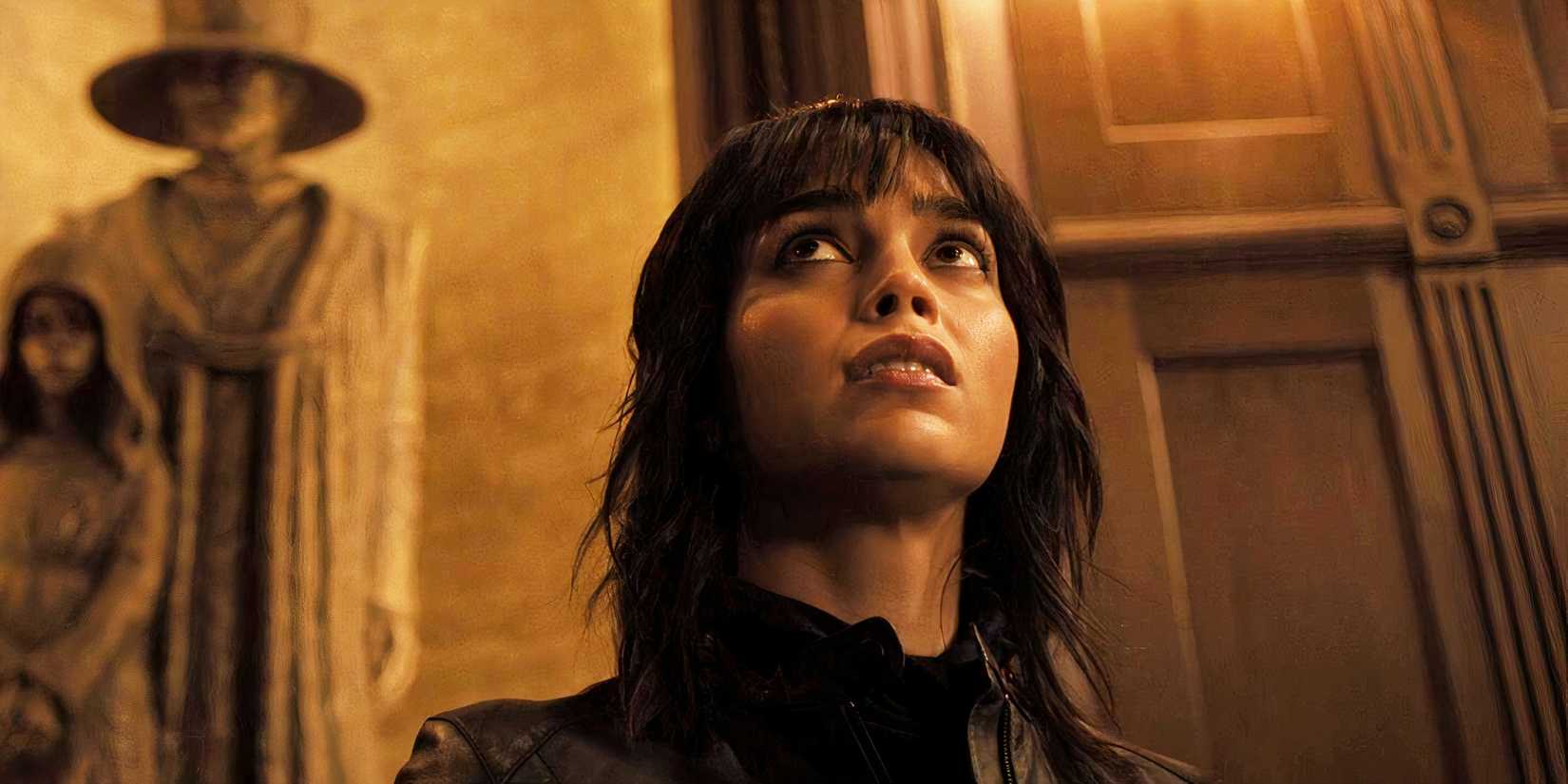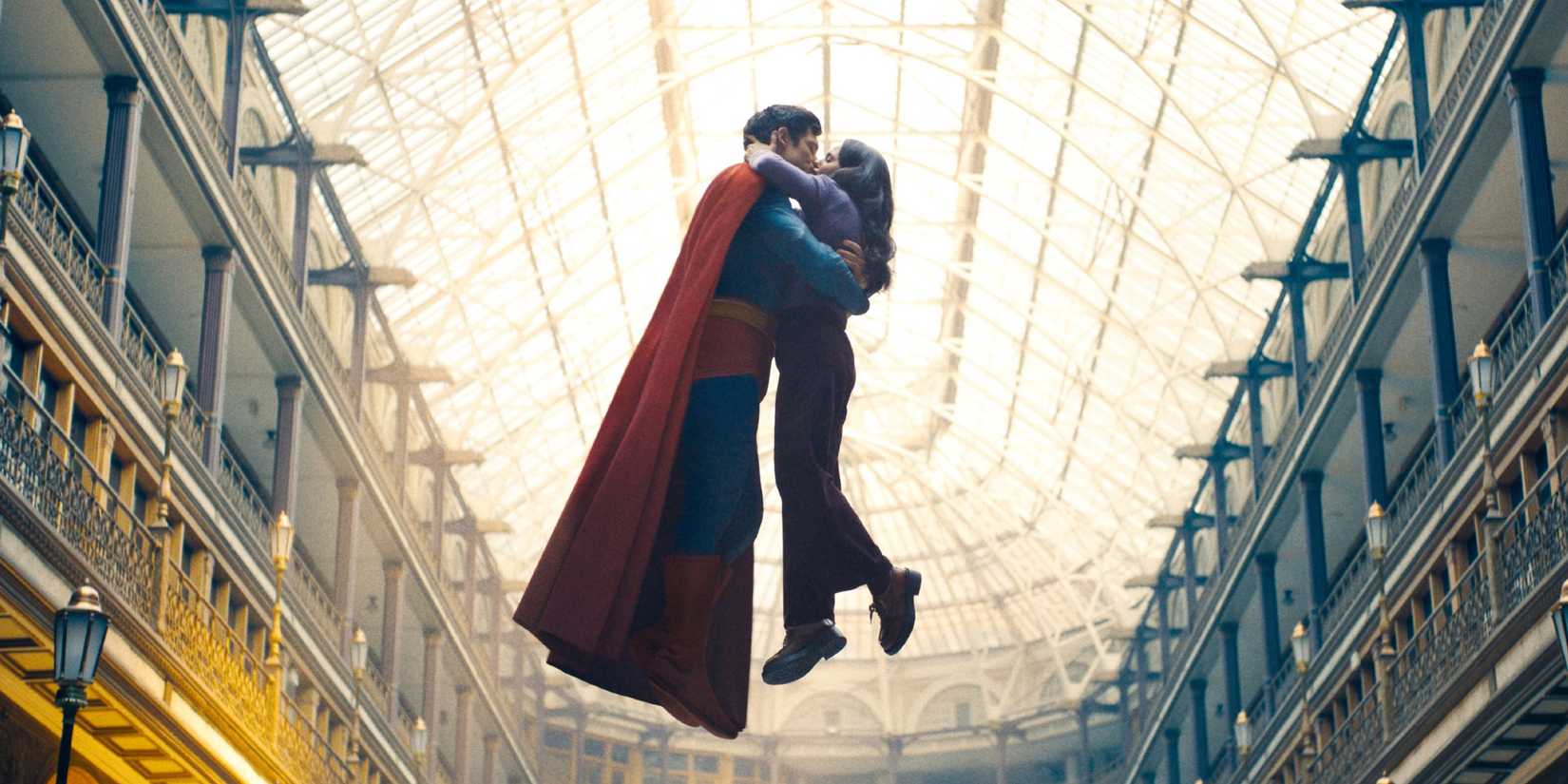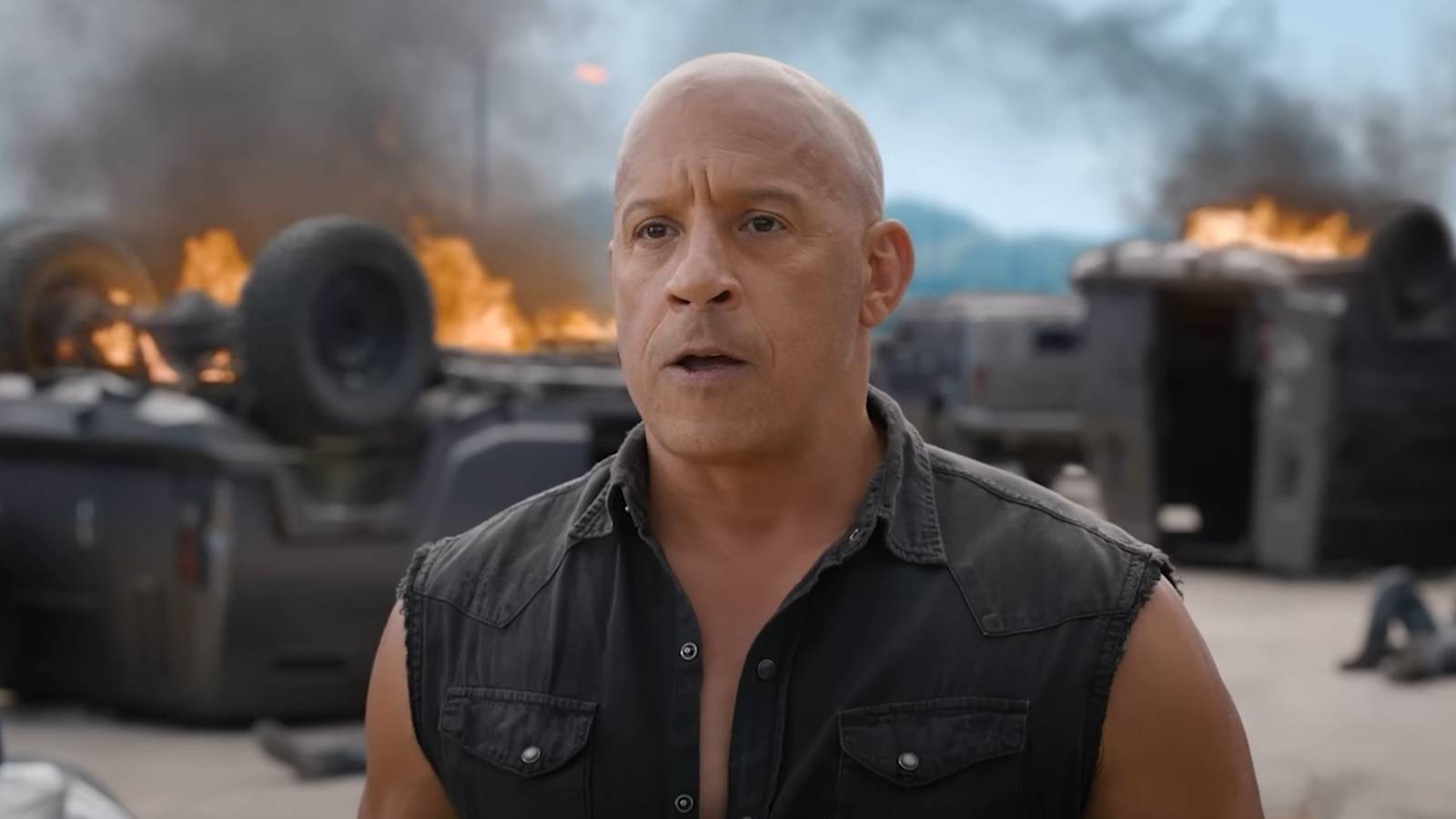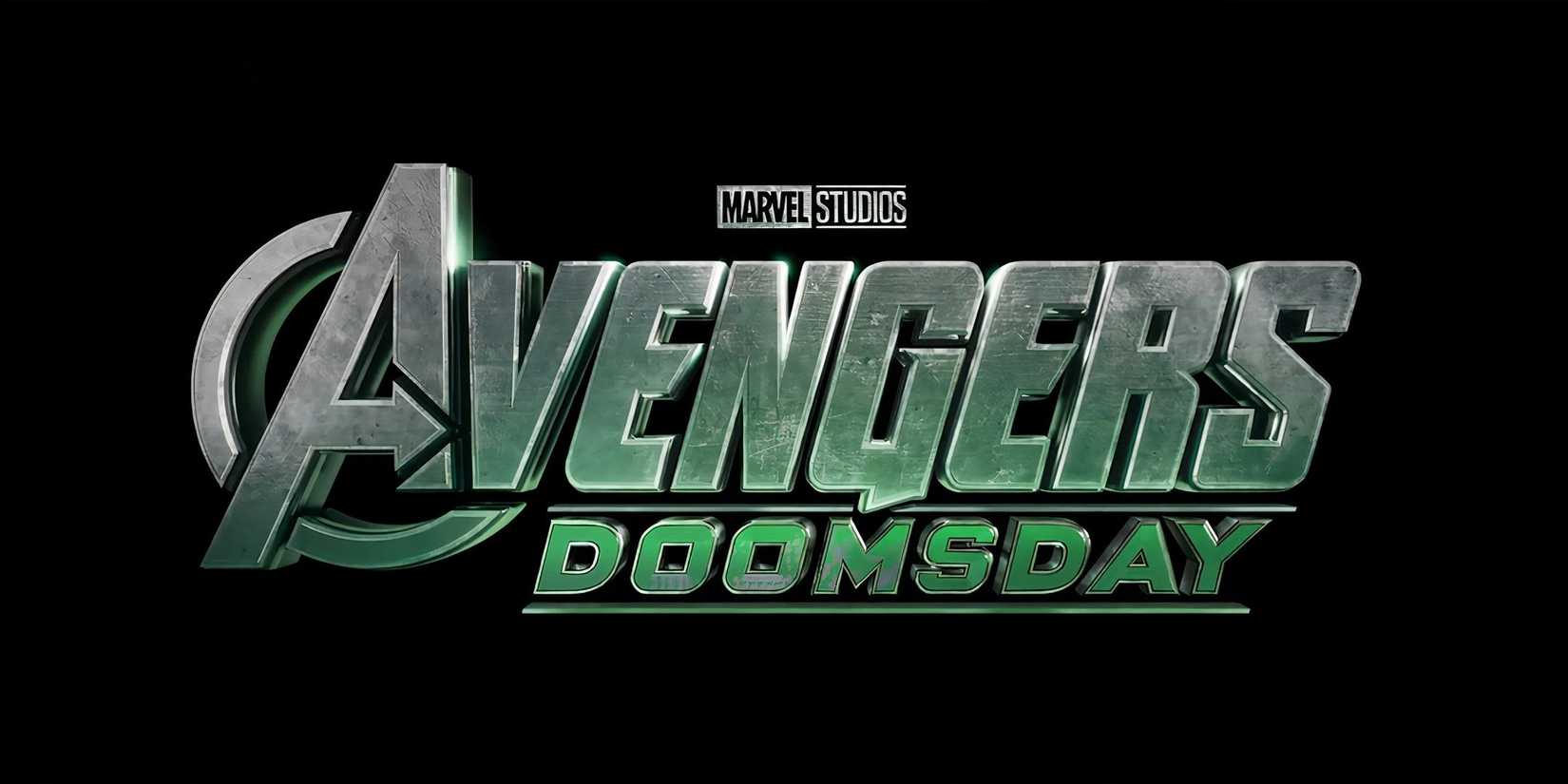2001: A Space Odyssey is a ground-breaking sci-fi movie, but other entries in the genre have also reshaped these kinds of stories. Director Stanley Kubrick delivered one of the most influential movies of all time with his 1968 sci-fi movie. Along with its profound ideas, it dealt with space travel and artificial intelligence long before they were commonplace.
2001‘s reputation as a defining sci-fi movie is well-earned, but that doesn’t mean it is the only sci-fi movie to have carved a new path. Both before and after 2001‘s release, these movies took huge steps forward in terms of special effects, storytelling, and simply how the audience sees science-fiction stories.
9
Planet Of The Apes (1968)
Planet of the Apes came out the same year as 2001: A Space Odyssey. Not only was it not overshadowed by Stanley Kubrick’s movie, but it also managed to spawn its own franchise, with the Planet of the Apes movies continuing to this day. However, even without the many sequels and prequels, Planet of the Apes made its mark.
The makeup work on the movie was influential enough, transforming the actors into unrecognizable ape creatures. This paved the way for the kind of strange sci-fi characters who could be brought into movies, pioneering makeup prosthetics. However, the movie was far more impressive than just on the surface.
Planet of the Apes showed that exciting sci-fi adventures could also be the place to explore social commentary. This led to a rise in dystopian movies, like Soylent Green and Logan’s Run, that would comment on our modern society.
8
Children Of Men (2006)
One of the best sci-fi movies of the 21st century, Children of Men offers an intriguing dystopian vision. It centers around the impending extinction of humanity, as human pregnancies have been unsuccessful for over a decade. However, a young girl emerges with a baby inside that could change the course of the world.
It is a brilliant premise, but Children of Men‘s filmmaking approach is what made it so special. Sci-fi movies largely presented the future as some closed-off thing that the audience was observing. However, in Children of Men, director Alfonso Cuarón immerses the audience in this world.
Using handheld camera footage and long takes, the audience is placed in this frantic and bleak reality, making it feel more believable. This kind of grounded and gritty take on sci-fi was adopted in the likes of Snowpiercer and even The Last of Us.
7
Avatar (2009)
Director James Cameron has pushed technology forward in a number of his movies, but none in such an influential way as with Avatar. Avatar‘s story of a soldier being taken into the community of indigenous creatures on an alien planet was criticized for being unoriginal, but it is the visual style of the movie that is unlike anything else.
Cameron took the emerging attempts of motion-capture technology and mastered it with an ensemble largely made up of computer-animated characters. Avoiding the “uncanny valley” of previous attempts of this kind, Avatar proved that there were new possibilities when it came to creating sci-fi creatures.
Motion capture performances suddenly changed from a deeply flawed practice to something that was a selling point for big blockbusters. From The Avengers to the new Planet of the Apes movies, these movies followed in Avatar’s footsteps with wondrous creatures that could show real emotions.
6
Blade Runner (1982)
Though Blade Runner was not successful when it was released, it has since gone on to be considered a sci-fi masterpiece. The story of a lawman in the future who hunts down rogue “replicants” meshed together a noir crime thriller with a completely unique sci-fi vision from director Ridley Scott.
The movie helped to popularize the cyberpunk style of sci-fi movie that would go on to be used in movies like The Matrix and Akira. Scott also presented a future that was lived in, with chaotic cityscapes and rain-soaked streets that felt more relatable than shiny and pristine futures.
It was an atmospheric kind of sci-fi movie that had not been seen much before. Many sci-fi movies were about the spectacle, but Blade Runner was confident enough to leave the audience with a certain mood, similar to what Denis Villeneuve later did with Arrival.
5
The Terminator (1984)
Long before he changed the sci-fi genre with Avatar, James Cameron put his mark on it with The Terminator. Introducing Arnold Schwarzenegger as the relentless killing machine, the T-800, The Terminator was a blend of sci-fi, action, and horror that once again proved there were no limits to the kind of stories sci-fi movies could tell.
However, it was The Terminator‘s use of time-travel as a plot point to incite the action of the story that became a huge sci-fi movie component going forward. The likes of Twelve Monkeys and Looper would tell their own stories while similarly using the paradoxes of time travel to enhance the story.
Schwarzenegger’s performance also played no small part in popularizing the killer robots as a sci-fi movie villain, and the idea of machines turning on humanity became a well-worn trope of the genre.
4
Alien (1979)
As impressive as it is, Blade Runner was not Ridley Scott’s first sci-fi masterpiece. Scott’s first foray into the genre delivered one of its all-time best entries with Alien, which also introduced one of the greatest sci-fi movie monsters of all time.
While not the first sci-fi horror movie ever made, Alien certainly embraced the horror aspect of that concept more than any other movie. It delivered a darker and more realistic tone that amplified the terror while also creating another sci-fi reality that was not so far removed from our own world.
The creature design of the xenomorph also helped to shift the idea of what makes a great sci-fi alien monster. It was a completely unique and immediately chilling design that has stood the test of time.
3
The Matrix (1999)
The Matrix is a perfect marriage of sci-fi movies that came before and a very original take on the genre. It is not hard to see the movies that influenced The Matrix, but it is also clear that it stands on its own with its unique ideas and ground-breaking visuals.
The Matrix is one of those sci-fi movies where the opening scene cements it as something special. The Wachowskis used inventive filmmaking techniques, like the “bullet time” cameras, which influenced countless other sci-fi and action movies that followed.
However, it wasn’t just about the dazzling visuals that made The Matrix so special. It was one of the most successful examples of a sci-fi movie using big and bold ideas delivered within a big blockbuster story. Without The Matrix, it is likely Inception would never have happened.
2
Metropolis (1927)
Metropolis is often regarded as one of the first sci-fi movies, but in terms of its influence, it paved the way for the genre to wow audiences for the next century. Purely in terms of its visuals, the futuristic cityscapes would be imitated in everything from Earth-bound dystopian movies like Blade Runner to intergalactic space operas like Star Wars.
For being nearly 100 years old, Metropolis also touched on the themes of artificial intelligence long before 2001: A Space Odyssey, also helping to influence the genre’s idea of robots.
The movie also taught future movies how the sci-fi setting can be the ideal avenue for discussing powerful and relevant topics. Metropolis touches on social inequality and the struggles of those at the bottom of a class system.
1
Star Wars (1977)
It seems almost pointless to discuss the influence Star Wars has had on the sci-fi genre, as it is hard to overlook how much it has shaped movies like this. It could be seen as single-handedly taking the sci-fi genre outside of a niche interest and making it a mainstream event that everyone can love.
The “space opera” was seen as something pulpy and low-brow, but with Star Wars becoming the highest-grossing movie of all time, it paved the way for the likes of Dune and Guardians of the Galaxy. From the droids to the creature, its vast universe of rich mythology became the envy of every sci-fi franchise.
However, as original as Star Wars was, it also let it be known that sci-fi movies didn’t have to just be sci-fi. George Lucas borrowed from Spaghetti Westerns, samurai movies, and Arthurian legends to deliver a complete and rich story that was delivered within a sci-fi shell.

